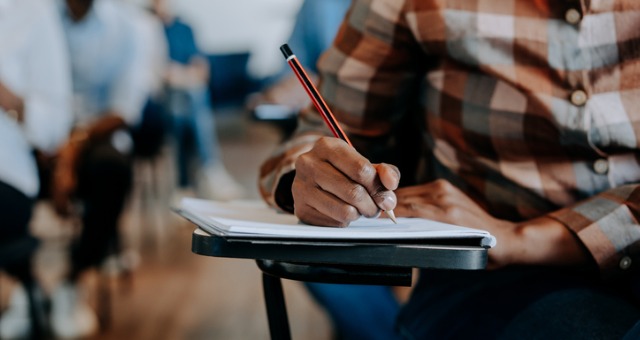The reason is that the New York City Subway uses a reading program, not just a guessing game. In fact, the reading plan was developed with input from both the engineering and the operations departments. It is structured around topics such as subway etiquette, the subway system, and the intricacies of the New York City transportation system. If you are interested in the official academic course exam 98-368 mobility, you can click on the link below and be taken to the web page where you will find the exact copy of the exam.
When you download the material, it will have all of the formatting that is required to be done for the exam. You will also get access to the questions that will be on the exam. You will also get access to the study plan and study guides that are required to complete the exam successfully. The last thing that you will need after you have completed the download is access to an exam simulators web site. This is where you will complete practice questions and complete practice sections in order to see if you are ready to take the real test. This will allow you to see how the entire testing process works.
The course is divided into three main areas. The first area focuses on Metro Protocols, which is the protocols that are used between the buses, subway cars, and other subway and local transportation devices. The second area deals with the operations of the New York City mass transit system. You will learn about track safety, signal prioritization, and tunnel operations. The last area will cover emergency procedures and practices for the entire system. This is the most comprehensive of all the NYC subway etiquette and device fundamentals courses that are available.
The course is broken down into five sections that each focus on a different aspect of the New York City mass transit system. The first area of the course focuses on Metro Protocols. You will learn how to handle signal prioritization and what the significance of destination priority is. You will also learn about train operation and the importance of signal flow. The next area will cover subway vehicle operations, including vehicle maintenance, service, and the New York City ADA standards.
The next part of the NYC Subway Basics course addresses emergency procedures. You will need to know how to deal with mechanical problems, station and platform signals, and ambulance services. In addition, you will need to be able to identify a mechanical problem that may develop. Emergency procedures are one of the most important fundamentals that all subway riders should learn because they are the first lines of defense when it comes to preventing injury or death.
The final area of NYC Subway mobility and device fundamentals focuses on the operations of the subway system as a whole. You will learn how to ride the escalators and see the many stations around the system. You will have to know how to make good decisions about transferring from one platform to another and also how to navigate through the different train stations.
NYC Subway mobility and device fundamentals guide courses can help you become more familiar with the subway system while also increasing your understanding and skills with the devices that help you to safely and efficiently get from one place to the next. By taking a course, you will be prepared for the unexpected. You will know how to work safely around people and equipment in any situation. You can be sure that your family’s subway ride will be a pleasant one. These lessons will help you to prepare them for what lies ahead with a well-prepared mind.

